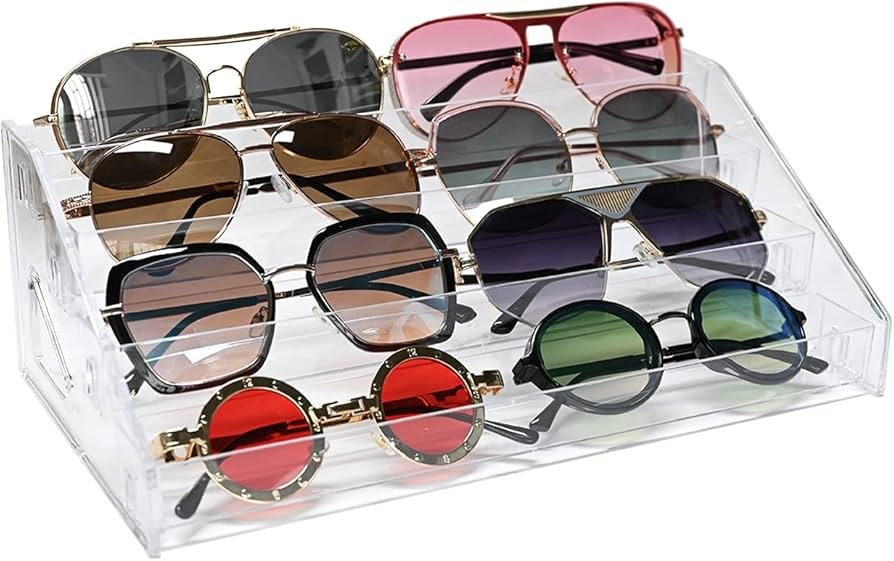The global prescription sunglasses market is gaining momentum, driven by a confluence of clinical needs, lifestyle choices, and retail transformation. For industry leaders and investors alike, the next decade offers compelling growth opportunities.
Market Forecast
By 2032, the global market is expected to grow to USD 968 million from its 2024 valuation of USD 649 million, representing a CAGR of 5.27%. This expansion signals rising global prioritization of ocular health, alongside evolving consumer habits.
Structural Market Drivers
- Health-Driven Demand: Age-related eye conditions are on the rise, prompting increased usage of corrective eyewear with sun protection capabilities.
- Material Advancements: CR-39 remains the industry standard, while polycarbonate and polyurethane are gaining ground for specialty use cases.
- Digital Retail Efficiency: With a diversified e-commerce landscape, brands are achieving greater reach and operational agility.
Segmentation Landscape
- Materials:
- CR-39: Cost-effective and optically strong.
- Polycarbonate: Best-in-class for impact resistance.
- Polyurethane: Upscale option for tech-integrated frames.
- User Segments:
- 20–54 Age Group: Aesthetic buyers influenced by social media.
- 55+ Segment: Prioritizes comfort, affordability, and medical utility.
- Regions:
- North America: Saturated but innovation-focused.
- Europe: Mid-range dominance with high fashion influence.
- Asia-Pacific: Expansion led by mobile-first consumer behavior.
Inhibitors to Watch
- Substitute Products: Photochromic and contact lens innovations create cross-segment competition.
- Brand Risk from Counterfeits: Illegitimate products harm consumer trust.
- Affordability vs. Premiumization: Balancing price with quality remains a complex challenge.
Strategic Levers
- Product Differentiation: Unique frame designs and lens functionalities will become critical.
- Partnership Development: Eye clinics and insurance providers are underutilized distribution channels.
- Consumer Education: Brands that invest in UV health awareness will gain long-term brand equity.
Conclusion
The prescription sunglasses sector is shifting from a medical niche to a mainstream lifestyle category. Market players who align medical efficacy with brand identity, and leverage omnichannel strategies, will define the next era of competitive advantage.

